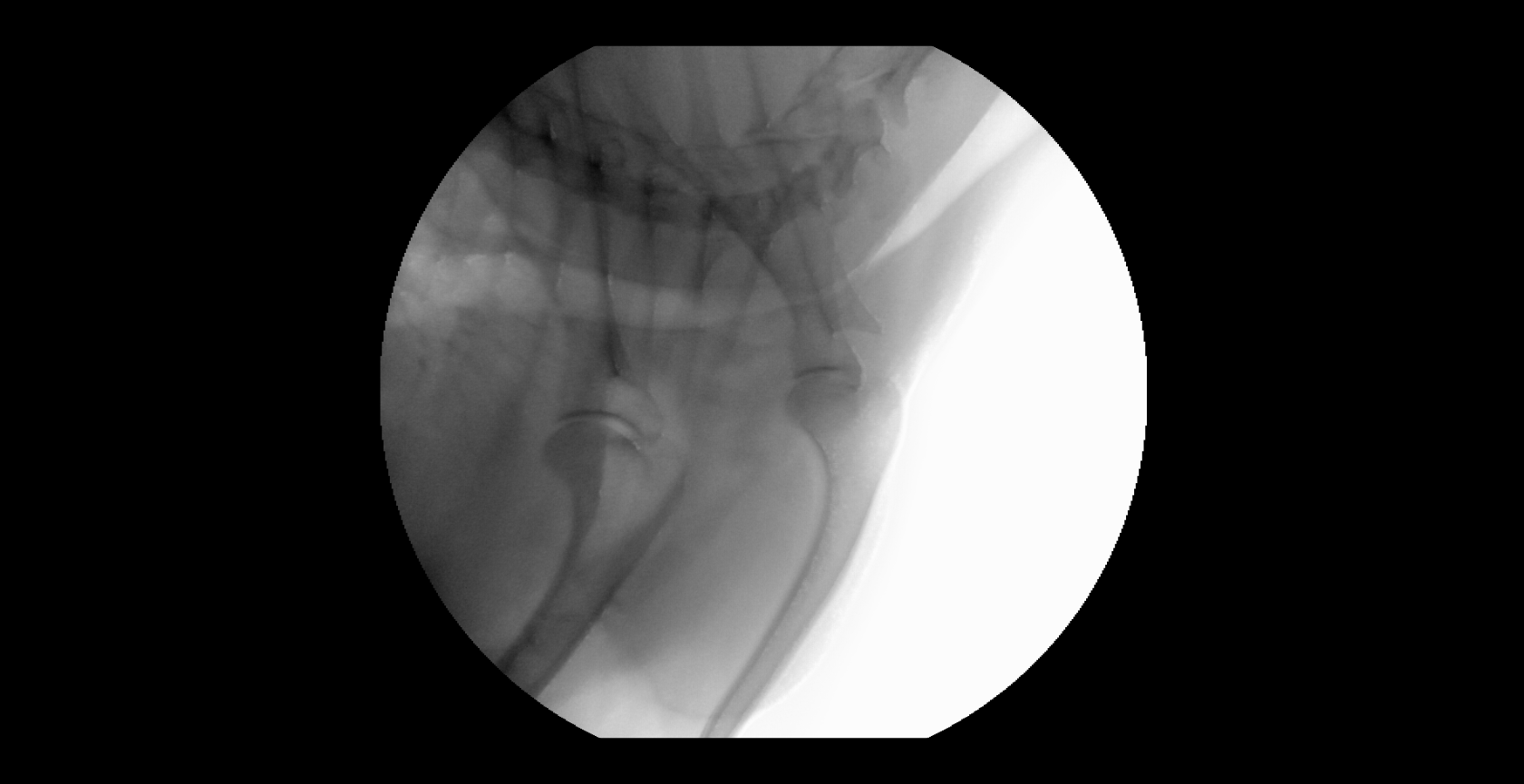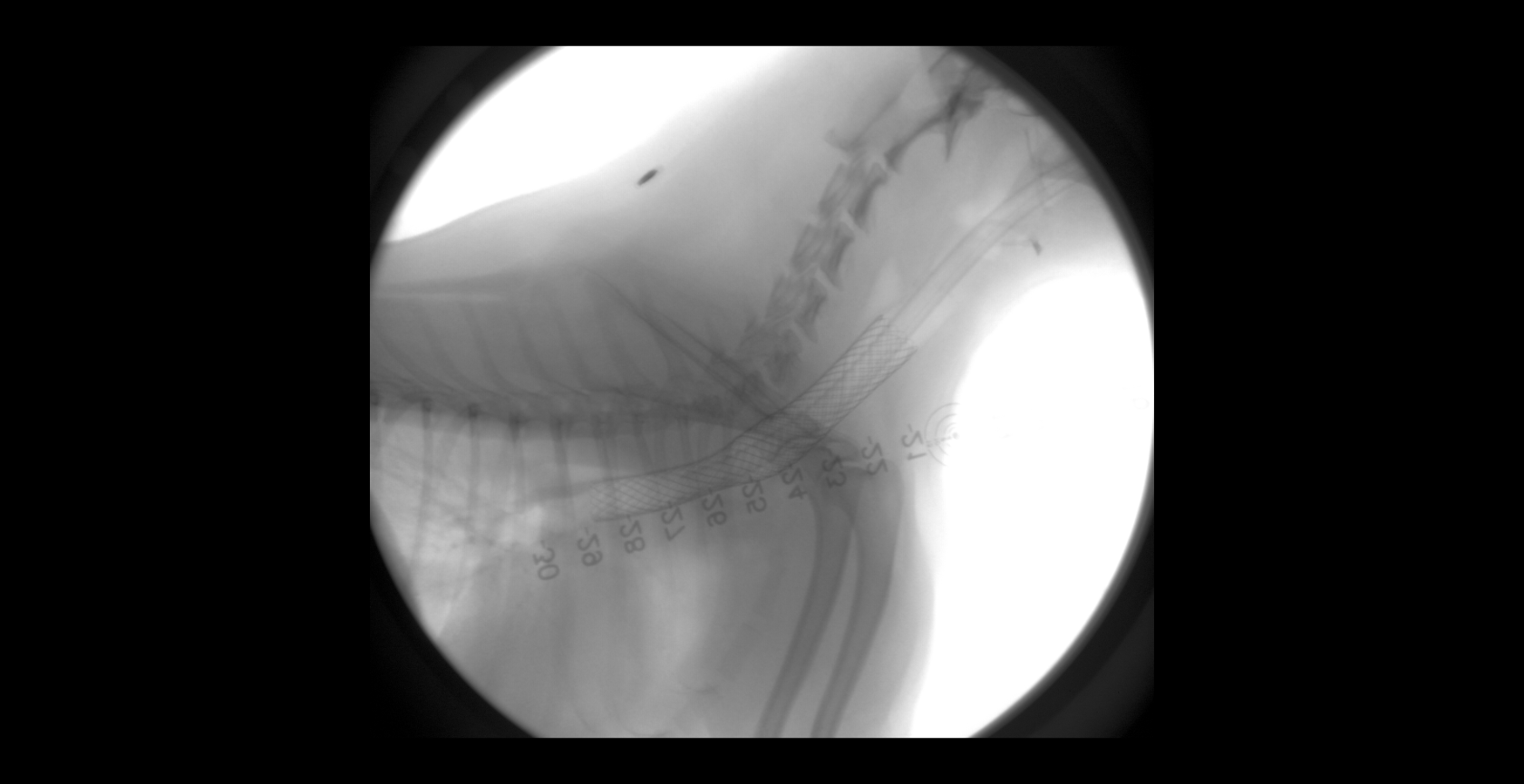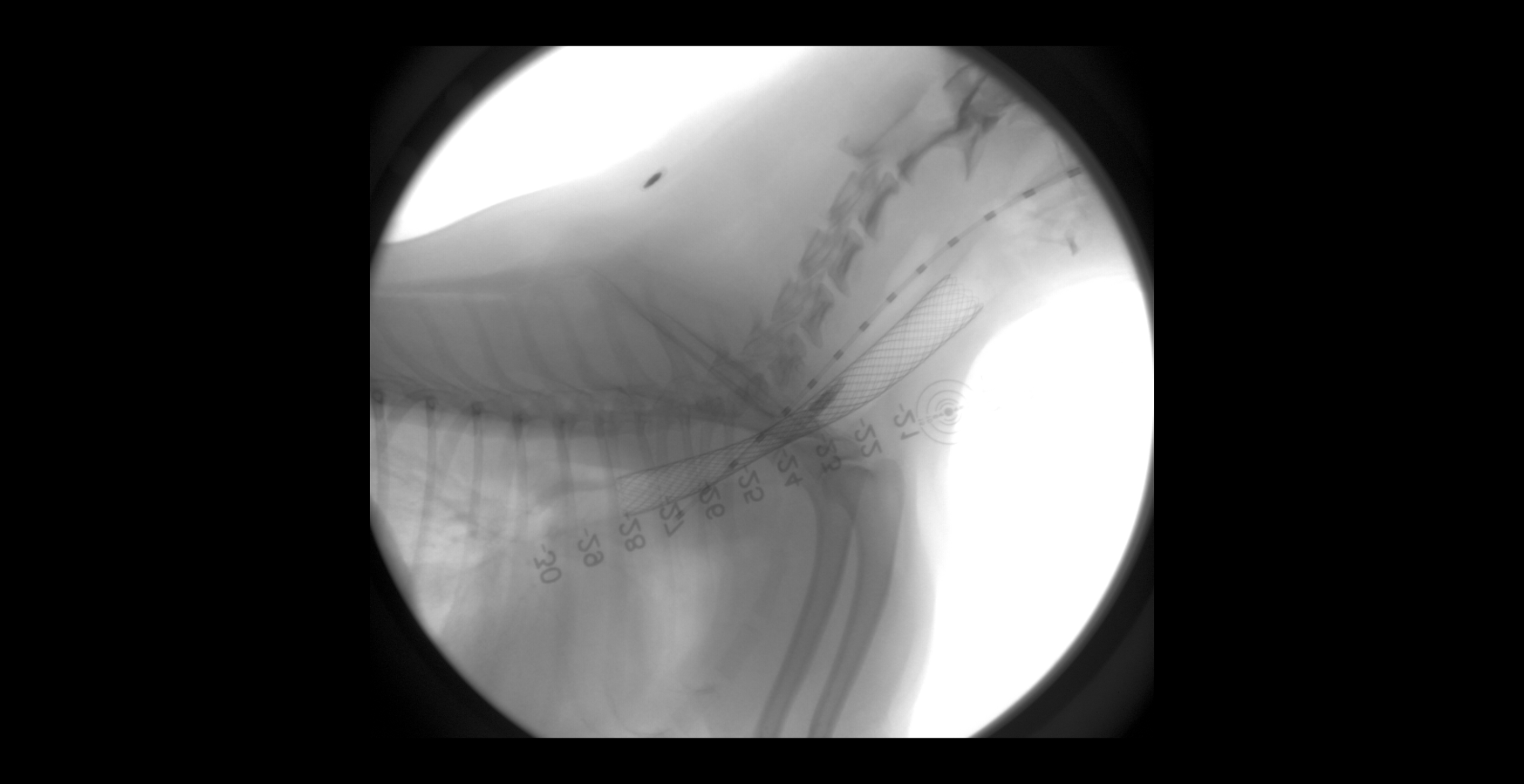Incontinence in Dogs and Cats
Incontinence is a common yet complex problem in small animals. Identification of an underlying condition can be challenging since the cause is often multifactorial. Nonneurogenic causes of incontinence can be functional or anatomic or a combination thereof. The road to diagnosis starts with a thorough history and physical examination, and often requires complete bloodwork, urinalysis, urine culture and sensitivity, abdominal x-rays, and abdominal ultrasound. Diagnostic cystoscopy is often necessary to rule out anatomic abnormalities present in the bladder, ureters, urethra and vagina/vestibule and can largely replace the need for CT. An additional benefit of cystoscopy is the ability to provide treatment for these anatomic anomalies at the time of diagnosis all in one minimally invasive procedure.
Causes of incontinence:
- Ectopic ureters
- Urethral sphincter mechanism incompetence (USMI)
- Complicated urinary tract infections
- Vestibulovaginal anomalies
- Short urethra/pelvic bladder
Options for diagnosis/treatment:
- Diagnostic cystoscopy/vaginoscopy
- Cystoscopic ablation of ectopic ureters
- Ablation of vestibular/vaginal defects
- Urethral bulking agents
- Hydraulic occluder
- Percutaneous perineal access in males






